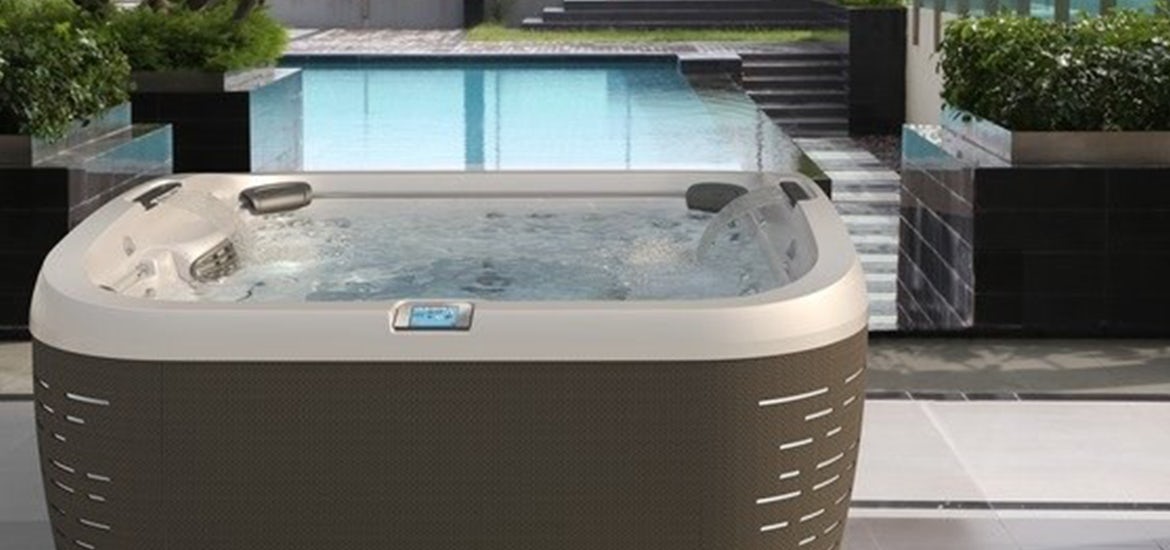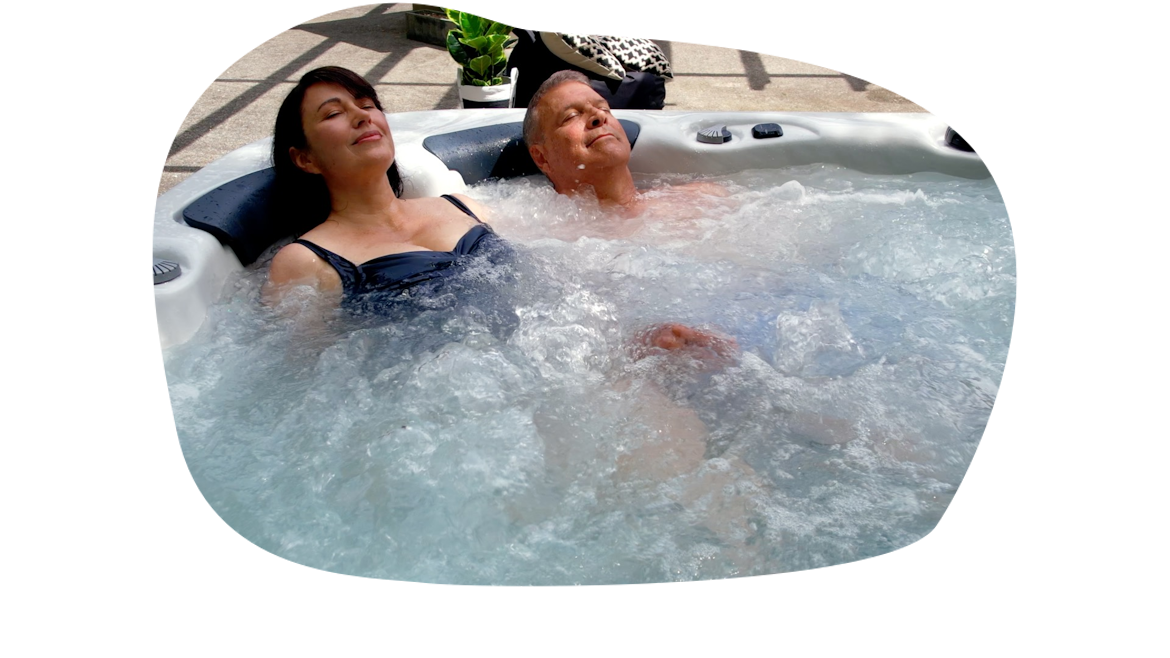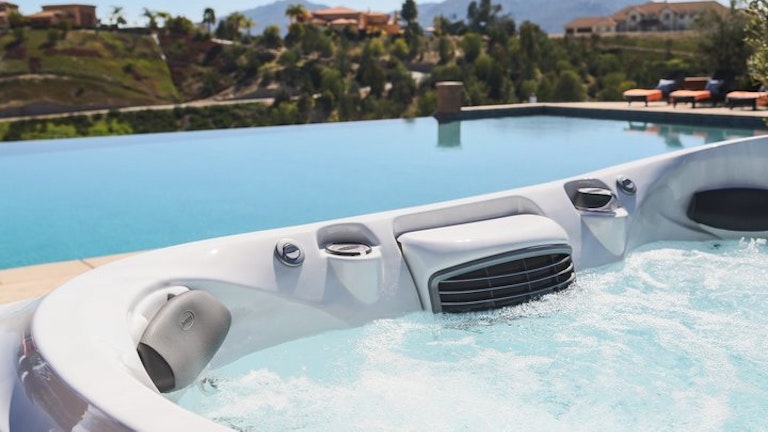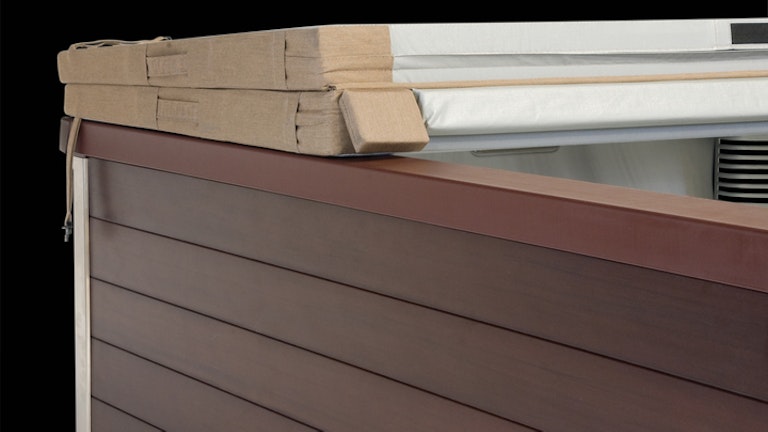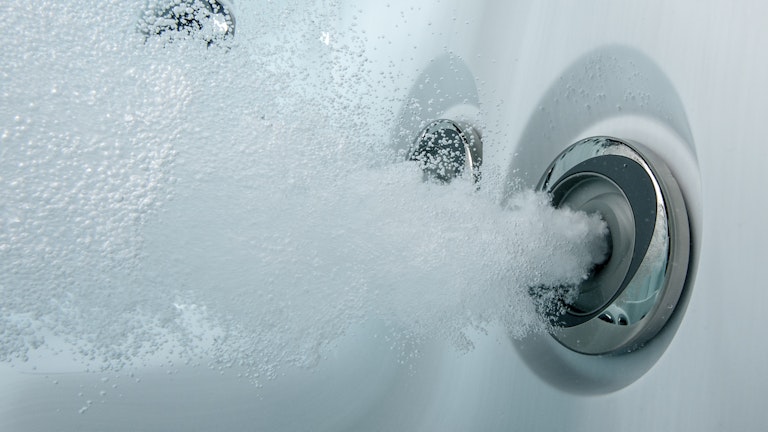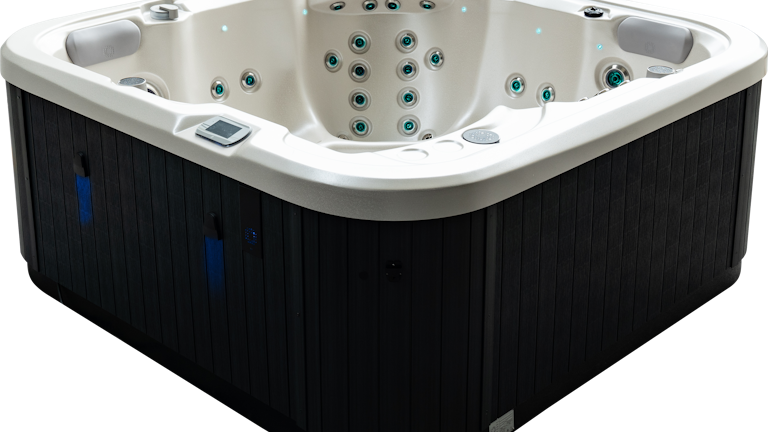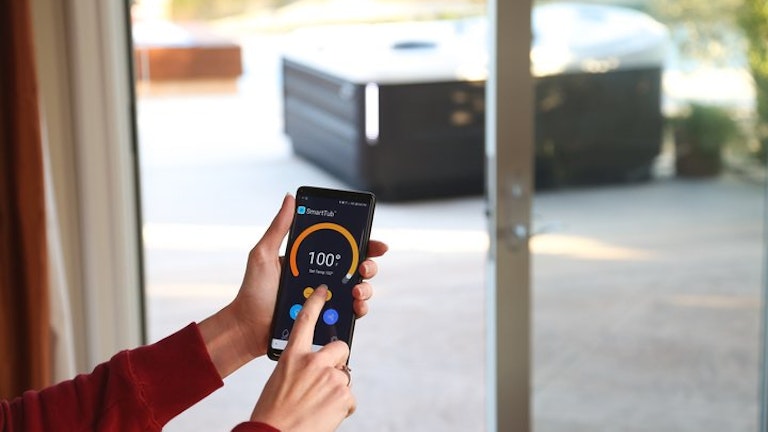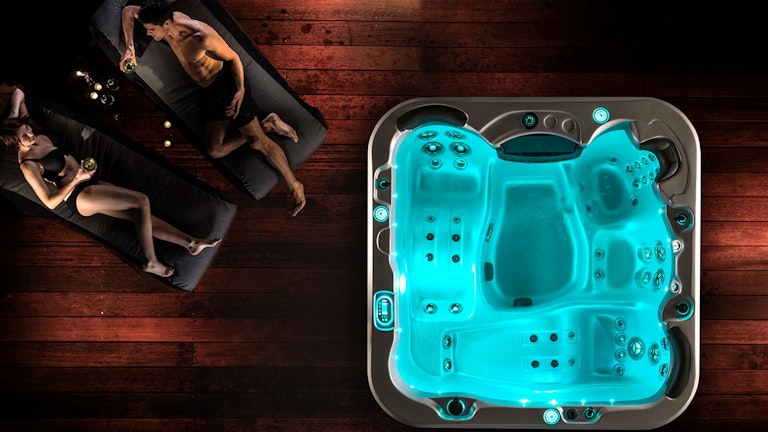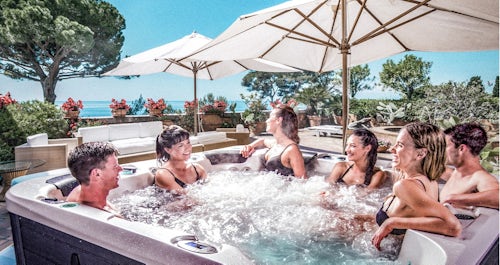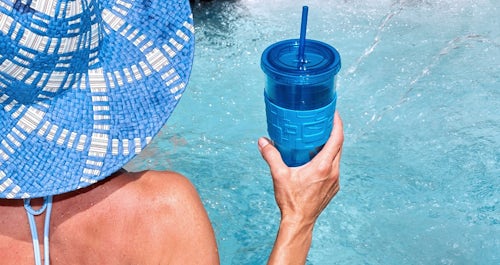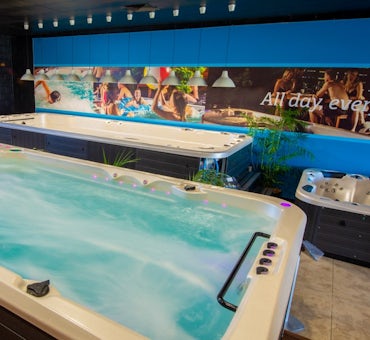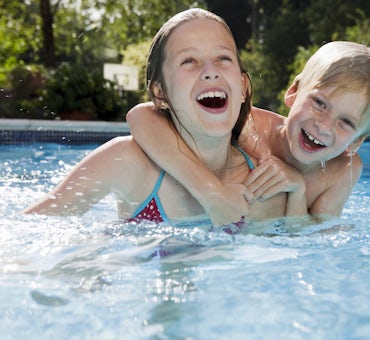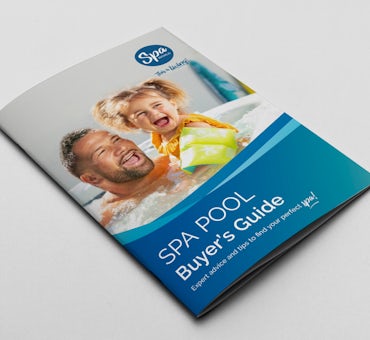In this in-depth article we explain the top 9 features you should look for in a spa and why they're important.
Spa World has over 30 years' experience in the spa and swim spa industry so we have a good idea of what makes a good, great and excellent spa. We also know what can go wrong with spas and swim spas and what to avoid!
After reading, you should have a good idea of what to look out for and what to prioritise on your spa buying journey!
In this article, we’ve used brand names not affiliated with Spa World™ or Vortex Leisure Pty Ltd, the parent company of Spa World™. You can see the list of the brand owners at the bottom of this article. All information, including pricing and product details, was accurate at the time of writing and may change without notice.
What features should I look for in a spa?
These recommendations are based on a range of factors including design, build, durability and reliability - and of course, our many years selling and servicing many different brands of spas.
